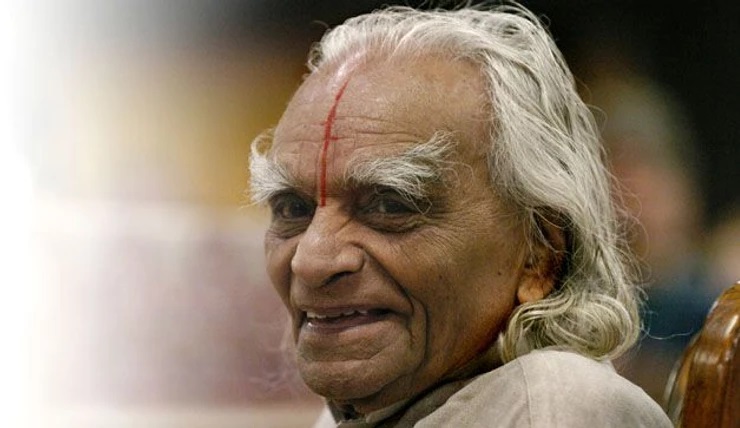How Yoga Heals So Much More Than Just Your Body
Internationally known yoga master B.K.S Iyengar says health goes beyond the physical to the moral, intellectual, and spiritual.
Most people feel that they are healthy if they are not suffering from illness or pain, not aware of the imbalances that exist in their bodies and minds that ultimately will lead to disease. Yoga has a threefold impact on health. The health benefits of yoga include keeping healthy people healthy, it inhibits the development of diseases, and it aids recovery from ill health.
But diseases are not just a physical phenomenon. Anything that disturbs your spiritual life and practice is a disease and will manifest eventually in illness. Because most modern people have separated their minds from their bodies, and their souls have been banished from their ordinary lives, they forget that the well-being of all three(body,mind, and spirit) is intimately entwined like the fibers of our muscles.
Health begins with firmness in body, deepens to emotional stability, then leads to intellectual clarity, wisdom, and, finally, the unveiling of the soul. Health can be categorized in many ways. There is physical health, which we are all familiar with, but there is also moral health, mental health, intellectual health, and even the health of our consciousness, the health of our conscience, and, ultimately, divine health. These are relative to and dependent upon the stage of consciousness we are at.
But a yogi never forgets that health must begin with the body. Your body is the child of the soul. You must nourish and train your child. Physical health is not a commodity to be bargained for, nor can it be swallowed in the form of drugs and pills. It has to be earned through sweat. It is something that we must build up. You have to create within yourself the experience of beauty, liberation, and infinity. This is health. Healthy plants and trees yield abundant flowers and fruits. Similarly, from a healthy person, smiles and happiness shine forth like the rays of the sun.
The practice of yogasana for the sake of health, to keep fit, or to maintain flexibility is the external practice of yoga. While this is a legitimate place to begin, it is not the end. As one penetrates the inner body more deeply, one’s mind becomes immersed in the asana. The first external practice remains dry and peripheral, while the second, more intense practice literally soaks the practitioner with sweat, making him wet enough to pursue the deeper effects of the asana.
Do not underestimate the value of asana. Even in simple asanas, one is experiencing the three levels of the quest: the external quest, which brings firmness of the body; the internal quest, which brings steadiness of intelligence; and the innermost quest, which brings benevolence of spirit.
While a beginner is not generally aware of these aspects while performing the asana, they are there. Often, we hear people saying that they remain active and light when they do just a little bit of asana practice. When a raw beginner experiences this state of well-being, it is not merely the external or anatomical effects of yoga. It is also about the internal physiological and psychological effects of the practice.
As long as the body is not in perfect health, you are caught in body consciousness alone. This distracts you from healing and culturing the mind. We need sound bodies so we can develop sound minds.
This article is excerpted from the book, Light on Life, by B.K.S. Iyengar(Rodale2005) and reprinted here with permission of the publisher.


